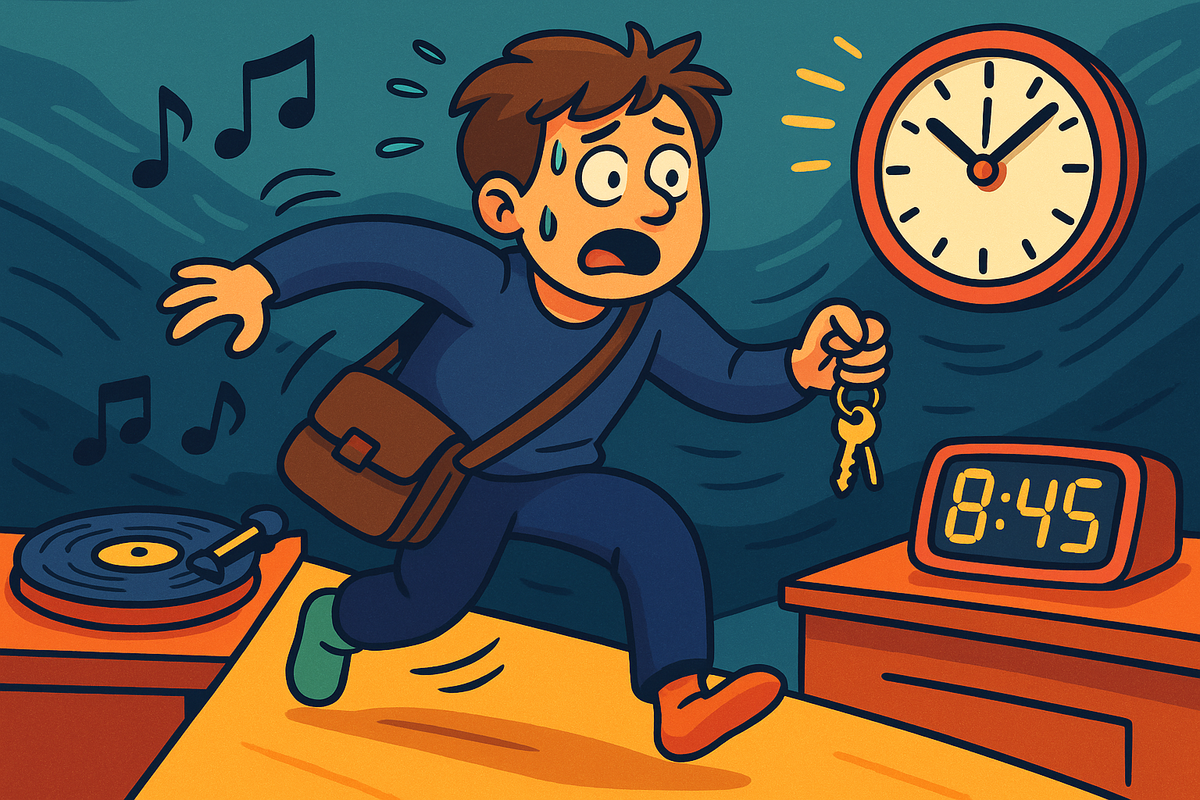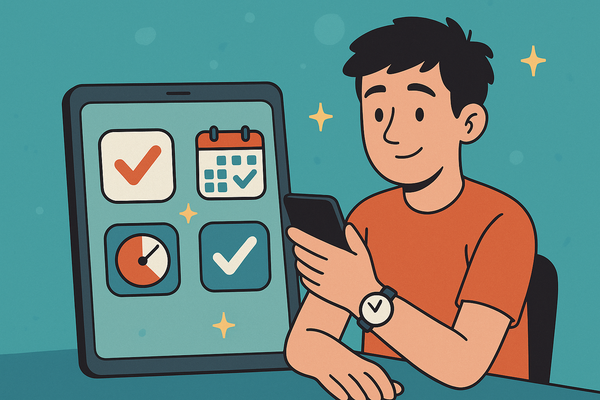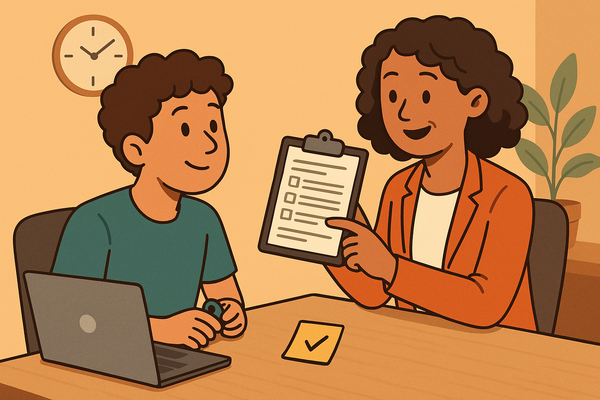Time Blind? Here’s the ADHD-Friendly Way I Finally Got Places on Time

I used to be “on time” the way raccoons are “welcome visitors” — technically possible, but rarely true.
No matter how early I started getting ready, I’d still end up five minutes late, one shoe on, keys nowhere, pulse racing like I just fled a crime scene. That’s not drama. That’s time blindness.
If you’ve got ADHD, you probably know this feeling too well.
Time blindness isn’t about irresponsibility or bad habits. It’s a neurological issue. ADHD brains struggle with time perception, which means we don’t naturally “feel” the passage of time the way neurotypical people do.
This isn’t laziness. It’s physics with a plot twist. We’re living in a timeline that moves differently — and then people get mad when we show up from a dimension 12 minutes behind.
The good news? You don’t have to become a robot to be on time. You just need a few adjustments that work with your brain instead of against it.
I’ve tried everything: timers, alarms, Google Calendar notifications, sticky notes, yelling at myself in the mirror. Nothing stuck.
What finally helped was a combo of external cues, backward planning, and a slightly ridiculous trick involving socks. Here’s what worked for me:
- Build a “leave the house” playlist
I made a 15-minute playlist I always play when I start getting ready. The music becomes my timer. If I’m still brushing my teeth when track 3 starts, I know I’m behind. - Set alarms for tasks, not just time
Instead of “Leave at 8:45,” I have alarms like “Shower now,” “Shoes on now,” “Out the door NOW.” It sounds like overkill, but my brain needs event cues, not vague timestamps. - The sock rule
When I have socks on, I’m in “leave mode.” No more cleaning up, checking email, or trying to start a new task. Socks = it’s happening.
Here’s what might help if time is a slippery concept for you:
- Use music, visuals, or physical actions to anchor time
- Break down “being on time” into steps (and set alarms for each)
- Create a mental switch (like socks, or standing by the door) that cues your brain it’s go time
- Tell people you’re leaving 10 minutes before you actually do
Most importantly, forgive yourself when it doesn’t work. You’re not a machine. You’re a time traveler with a dodgy compass. Give yourself tools, not guilt.




